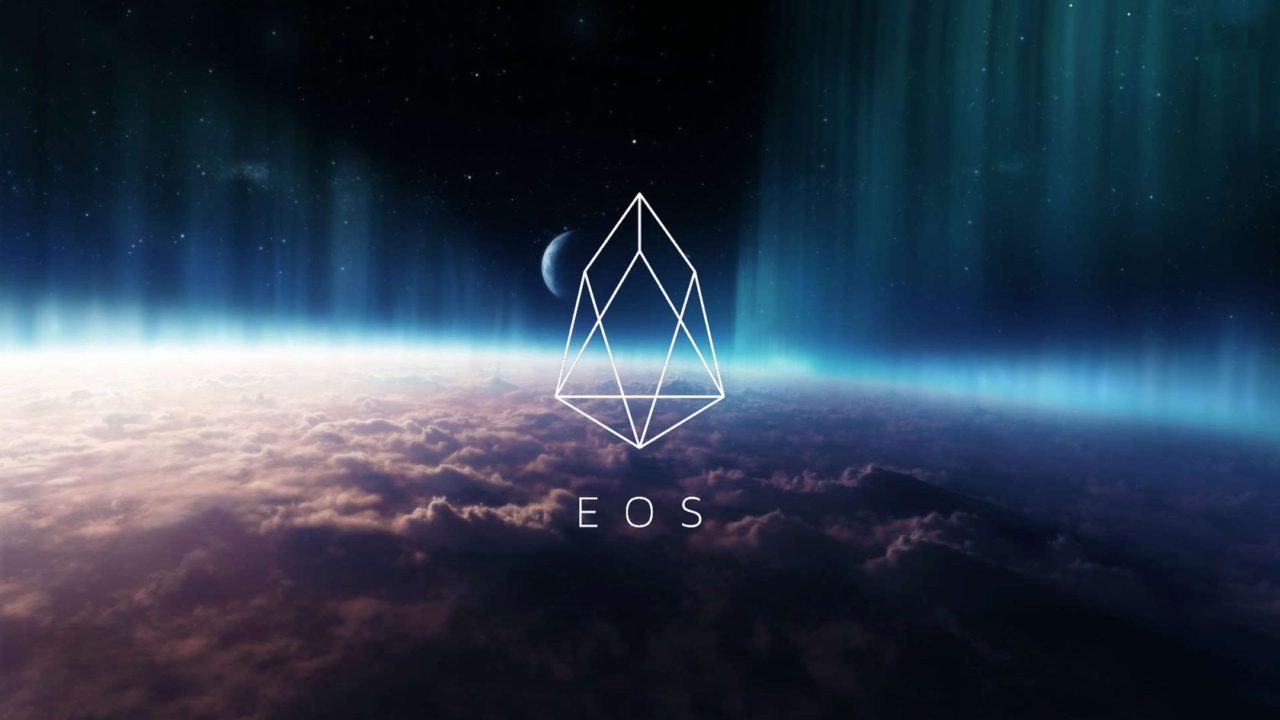Being an Ethereum killer is a trendy thing in the blockchain world currently. What is an Ethereum killer? It’s a public blockchain that aims to be the primary platform for decentralized apps (DApps). While I’d like to say there’s room for more than one blockchain platform for decentralized apps, the reality is it probably is a zero sum game. Just as there is only one Web, there will likely emerge a big winner for public blockchains that run apps. Right now, Ethereum has the first mover advantage and a large, passionate developer community to boot. But many people think Ethereum is vulnerable on several fronts; such as scalability, governance and security.
We’ve already looked into two challengers for the DApps platform crown: NEO (“the Chinese Ethereum”) and Cardano (“the Japanese Ethereum”). Like those two pretenders to the throne, EOS currently sits within the CoinMarketCap top 10. Unlike the other two, EOS isn’t attached to a particular country. Its nickname so far has been “Ethereum on steroids,” due to the letters in its name and its performance claims. Whether EOS deserves that nickname yet is another question…
In terms of founding team, EOS has a bona fide blockchain rock star in the form of Dan Larimer – who previously founded Steem (a decentralized social media platform) and Bitshares (a decentralized exchange). Larimer has described EOS as “an incremental improvement on Steem and Bitshares.” He’s also been around the crypto space for a while – he got started in Bitcoin in 2009 and even communicated with Satoshi Nakamoto.
How EOS is different
EOS was announced last May, so it isn’t even a year old yet. The platform is still in development and there is no go-live date. So, similar to Cardano, there is little except for the white paper, a test network, and a hyper excited community (mostly Steem fans, it seems) on which to judge this project. But here goes…
In four words or less, EOS has been described as “Decentralized applications on WebAssembly.” What is Web Assembly? In the EOS white paper, it’s described as “an emerging web standard for building high performance web applications.” Because WebAssembly is an open standard being developed by the World Wide Web Consortium (W3C), it will have widespread support on the Web. By contrast, Ethereum developers use a custom programming language called Solidity – which cannot be used outside of the Ethereum world.
A second key feature which EOS promotes is its scalability, a particular weakness of Ethereum. EOS says it will “support thousands of Commercial Scale DApps.” It also claims to be capable of “millions of transactions per second,” which if true would be eons ahead of Ethereum’s 15 transactions per second. This is where the “Ethereum on steroids” catchphrase comes from.
How will it enable these supposed super-fast transactions speeds? Partly it’s due to parallel execution of smart contracts and simultaneous processing of transactions, but it’s also got a lot to do with its transaction validation model. EOS will use a “delegated proof of stake” consensus system, which means it does not need miners to process transactions. Long story short, only 21 nodes on EOS will be able to validate transactions. Those nodes will be selected based on a complicated stakeholder voting mechanism.
The downside is that this makes EOS inherently more decentralized than Ethereum. Or does it? Dan Larimer recently re-tweeted this criticism of Bitcoin and Ethereum’s mining system:
From https://t.co/3ygD3rcMr3 pic.twitter.com/PaU7axT6mj
— zooko❤ⓩ🛡🦓🦓🦓 (@zooko) February 28, 2018
Regardless, there’s no question that EOS has a centralized validation system. That’s the primary reason why it’s (theoretically) much faster than Ethereum. I say theoretically, because EOS isn’t yet a live system. Unlike Ethereum, EOS hasn’t been tested in the real world.
The final noteworthy point about EOS is that it has no transaction fees. That’s because there’s no need to incentivise any miners. And while transaction fees are said to be a deterrent to spam in the Bitcoin and Ethereum networks (since spammers don’t want to pay to send data), spam isn’t an issue in EOS because it has trusted validators. If one of the validators goes rogue, that bad actor can be voted out.
Conclusion
The main problem I have with EOS right now is that it’s unproven. For example, take the transaction speeds. Vitalik Buterin has rightly pointed out that it’s unfair to compare transaction speeds on a test network to Ethereum’s public blockchain:
Even if a node can process hundreds or thousands of tx/sec in a closed simulation, that does not imply that it can support a public blockchain that can process that much.
My Parity node can run >500 tx/sec on my laptop, but Ethereum main chain is only processing 11.5 tx/sec. pic.twitter.com/H0UCD0FRTR
— vitalik.eth (@VitalikButerin) December 19, 2017
I also have concerns about how the delegated proof of stake consensus mechanism will work in the real world. The fact is, it’s far less decentralized than Ethereum (putting aside the powerful miner blocks for now). So can it be gamed or controlled in some way by certain groups? Will the voting mechanism for nodes work as planned? We won’t know the answer to these and other questions until EOS is released as a public, non-test blockchain.
Similar to Cardano, the jury is still out for me on EOS. No other DApp platform has yet proven itself under the strain that Ethereum has had to endure (cough: Cryptokitties). Until EOS can prove its steroid-like scalability in a live environment like Ethereum’s, I find it hard to believe it will usurp the King of DApps.

